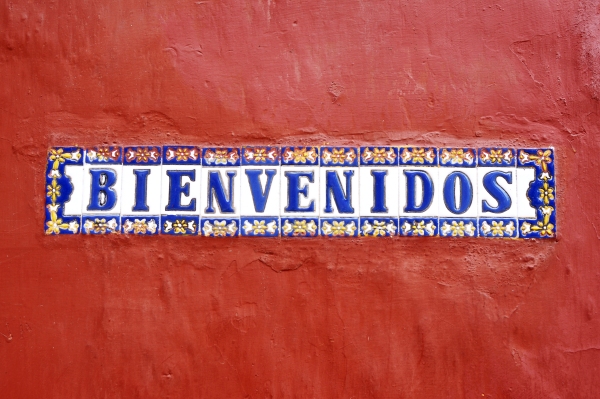Second most popular language in the world, one of the official languages of international political and economic organisations, and the number of its learners is constantly rising – today we are going to take a look at Spanish.
According to the common belief, Spanish is easy to learn (at least, at a level which allows for free communication) and speaking this language opens up many new possibilities. But what does it mean in practice? Is Spanish really so versatile? Let’s check where you can make use of the language of fiesta, siesta and tequila.
Spanish-speaking countries
The list of Spanish-speaking countries is quite impressive. If we focus on the countries where Spanish is the official language, we are still left with a pretty big piece of the globe. Apart from the obvious position, which is Spain itself, these are:
– Argentina
– Bolivia
– Chile
– Dominican Republic
– Ecuador
– Guatemala
– Equatorial Guinea
– Honduras
– Colombia
– Costa Rica
– Cuba
– Mexico
– Nicaragua
– Panama
– Paraguay
– Peru
– El Salvador
– Uruguay
– Venezuela
The above list covers a major part of South and Central America, but there is even a small bit of Africa: Equatorial Guinea. Spanish is also an official language in Puerto Rico, a U.S. dependent territory.
Why is Spanish spoken in these countries?
The reason behind the presence of this language in numerous parts of the world is the same as in the case of English, French or Portuguese: the age of European colonialism initiated in the 15th century. The success of the voyage of Christopher Columbus, financed by the monarchs of Spain, allowed for further expansion of Spanish conquistadors in Central, South and North America, as well as in the South-East Asia and Africa. At the peak of its power, the Spanish empire was rightly called “the empire on which the sun never sets”.
In the 19th century, the weakened empire lost most of its overseas territories. They transformed into independent countries with their own culture and traditions which are, however, significantly influenced by the Spanish culture disseminated by conquistadors. Another legacy was the language which kept living, evolving and gaining features typical to the dialect of the given country. An independent Spanish Language Academy operates in every one of the Spanish-speaking countries, and all of them cooperate on the field of regulation of standards and language rules.
Where else can we meet Spanish speakers?
Obviously, Spanish speakers are not limited to the inhabitants of the above listed countries. No one is surprised seeing a Latino in the U.S. as the Spanish-speaking minority is exceptionally numerous there, above all in New Mexico, California and Texas. Many Spanish speakers live in Canada, Brazil, the Caribbean, France, Israel and Morocco. Not everyone knows that the Kingdom of Spain used to include the Philippines, where the official languages are English and Filipino. However, a part of the population speaks Spanish, and Filipino is strongly influenced by it.
The current economic situation of Spain and some of its former colonies makes many young people decide to emigrate. Numerous Spanish and Latino citizens reside in Poland – they are usually employed by multinational corporations, work as language teachers or translators.





